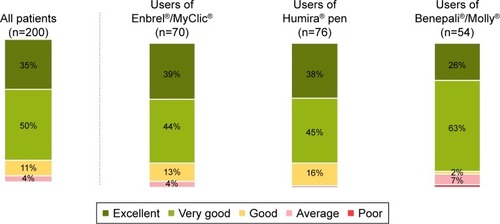Figures & data
Table 1 Demographic characteristics of patient sample (adults with moderate–severe RA) with breakdown by currently used autoinjector (n=200)
Figure 1 Patient and nurse ratings of importance of attributes of an autoinjector.

Table 2 Correlations between importance of ease of performance of self-injection with pen and importance of other autoinjector features
Figure 2 Patient satisfaction with the four autoinjectors.
Abbreviation: NA, not applicable.
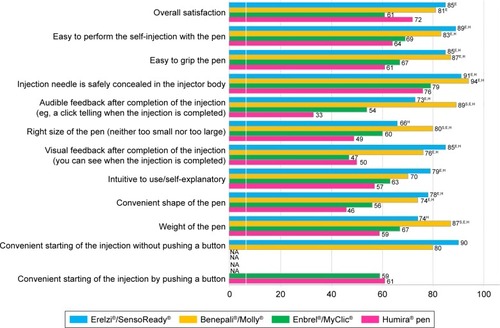
Figure 3 Nurse satisfaction with the four autoinjectors.
Abbreviation: NA, not applicable.
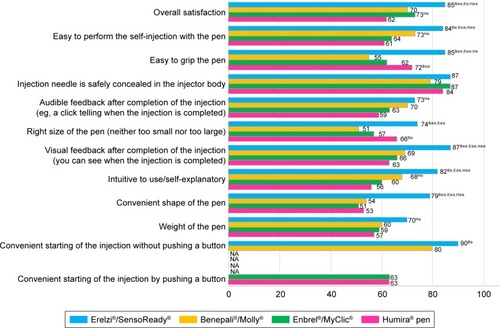
Figure 5 Direct comparison of SensoReady with the autoinjector currently used by the patients.
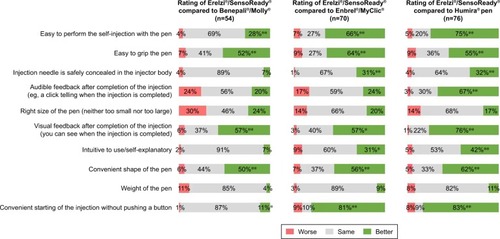
Figure 6 Forced-choice selection of autoinjector perceived to be easier to use.
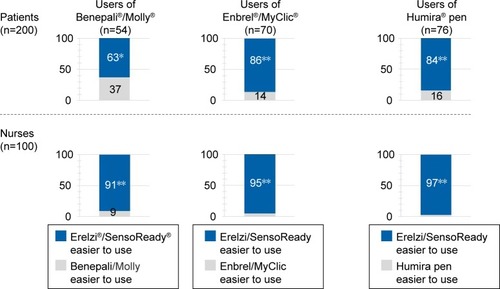
Figure 7 Forced-choice selection of autoinjector to recommend to other patients.
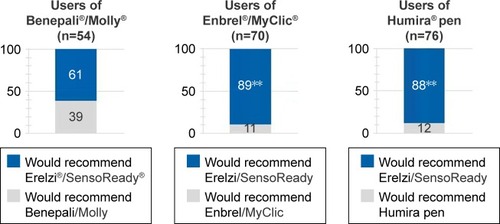
Table 3 Features of autoinjectors investigated in this survey

